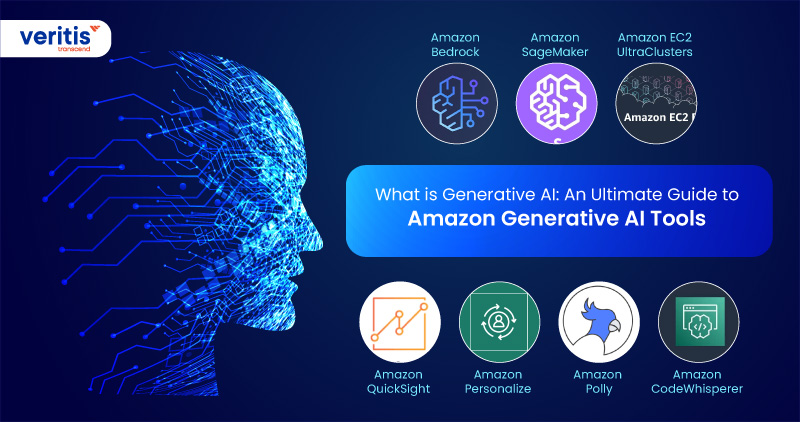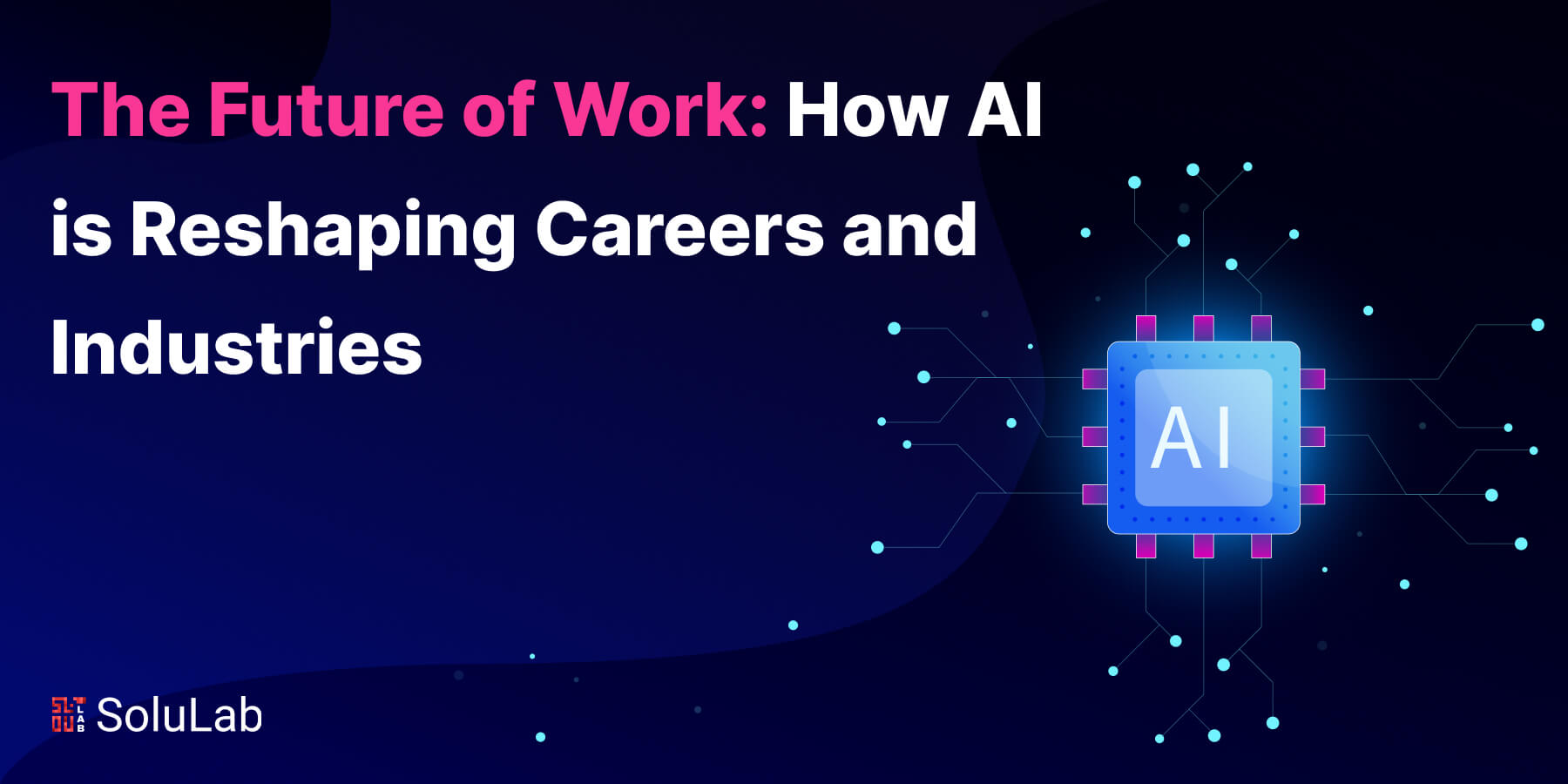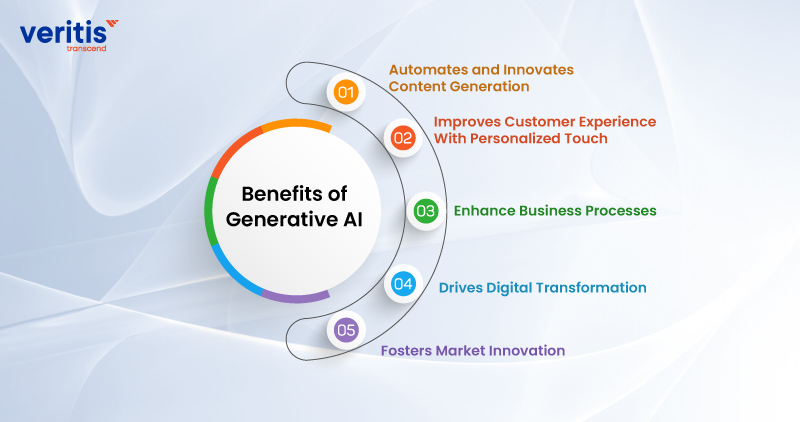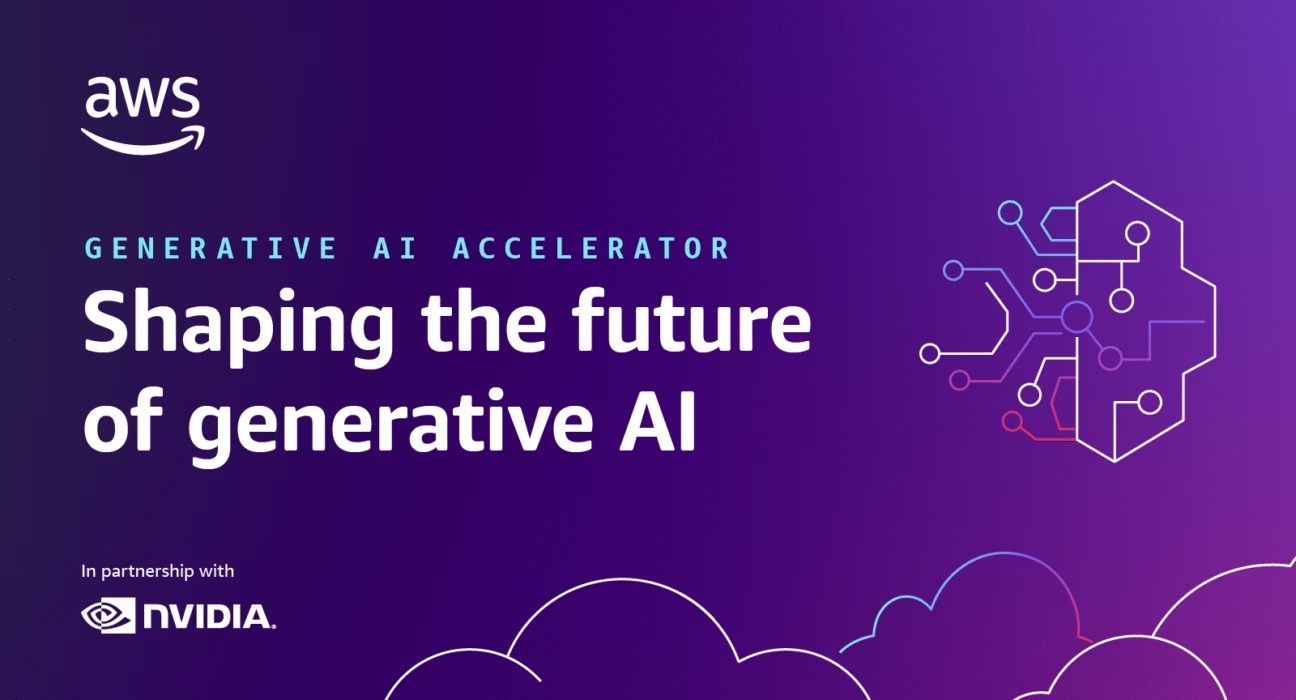Reshaping the Future: How Amazon AWS Generative AI is Transforming the Workforce
Estimated reading time: 10-15 minutes
Key Takeaways
- The rapid expansion of Amazon AWS generative AI workforce initiatives is fundamentally reshaping the technology landscape.
- Generative AI is revolutionizing content creation and automation across industries, with AWS at the forefront.
- Within Amazon and AWS, traditional roles are *evolving*, and new positions like AI engineers and prompt engineers are becoming essential.
- Amazon is making significant investments in *upskilling* and *reskilling* its workforce, aiming to make employees “AI Ready”.
- Industry-wide, generative AI is driving increased demand for AI skills, automating routine tasks, and creating new roles in AI governance and ethics.
- AWS employs a multifaceted strategy including talent acquisition, internal training, and partnerships to manage the AI workforce transition.
- Trends point towards ongoing automation, expanded AI literacy programs, and a future workforce focused on *interdisciplinary* roles blending AI expertise with domain knowledge.
Table of contents
- Reshaping the Future: How Amazon AWS Generative AI is Transforming the Workforce
- Key Takeaways
- Introduction: Amazon AWS Generative AI Workforce Reshaping the World
- Amazon AWS and Generative AI: An Overview
- Workforce Impacts of Generative AI at AWS
- Industry-Wide Workforce Changes Driven by Generative AI
- Amazon AWS’s Strategies for AI Workforce Management
- Trends and Predictions: The Future of GenAI and Workforce at AWS
- Frequently Asked Questions
Introduction: Amazon AWS Generative AI Workforce Reshaping the World
The Rapid Expansion and Implications
The digital landscape is undergoing a seismic shift, powered by the rapid expansion of Amazon AWS generative AI workforce initiatives. These advancements are more than just technical progress; they are fundamentally reshaping various aspects of the world, from business operations to daily life.

As AI continues to change the world at an accelerating pace, its integration into the technology landscape has profound implications. We are witnessing shifts in workforce trends, evolving industry strategies, and a redefined future for employment, particularly within the burgeoning field of artificial intelligence. The speed at which generative AI is maturing and becoming embedded in core business operations highlights a critical moment for companies globally.
Amazon’s Role in This Transformation
Among leading technology companies, Amazon stands out. Its aggressive investments in generative AI and the subsequent organizational transformation offer a crucial case study. How does a giant like Amazon adapt amid such accelerating AI advancements? Their approach provides valuable insights into the strategies necessary to navigate this new era.
Andy Jassy, Amazon’s CEO, has been vocal on the topic, acknowledging both the immense potential and the significant changes generative AI will bring to the workforce. This includes candid discussions about potential workforce shifts and reductions in certain areas as AI takes over routine tasks, as highlighted in reports discussing Amazon generative AI workforce reduction possibilities.

Purpose of This Post
This blog post aims to explore this dynamic landscape. We will delve into how Amazon AWS generative AI workforce initiatives are impacting the workforce, examining both internal transformations within Amazon and the broader effects across the technology industry. By looking closely at AWS’s strategies, offerings, and the resulting workforce dynamics, we can better understand the challenges and opportunities presented by the generative AI revolution.
Amazon AWS and Generative AI: An Overview
What is Generative AI?
Before diving into AWS’s specific impacts, let’s establish a common understanding. Generative AI refers to artificial intelligence systems capable of creating original content.
Using advanced algorithms and massive datasets, these systems can produce:
- Text (articles, scripts, code)
- Images (artwork, photos, designs)
- Code (software snippets, entire programs)
- Data models (synthesizing new data)

This capability to create new digital content is not merely a technological trick; it is revolutionizing many industries by automating creative and analytical tasks that were previously exclusive to humans. These tools are rapidly advancing productivity, creativity, and automation across diverse sectors.
AWS’s Generative AI Offerings and Ambitions
Amazon Web Services (AWS), the company’s cloud computing arm, is *undeniably* at the forefront of this revolution. They offer a comprehensive suite of services designed to empower developers and businesses to leverage generative AI.
Key examples of their generative AI services include:
- Amazon Bedrock: A service providing access to various foundation models (FMs) from leading AI companies via a single API.
- Amazon Q: A generative AI-powered assistant for work, designed to help employees get answers, solve problems, generate content, and take actions.
- Amazon SageMaker: A platform to build, train, and deploy machine learning models, including those used for generative AI.
- AWS HealthScribe: Specifically designed for healthcare documentation using generative AI.
- AWS Trainium and AWS Inferentia: Custom-designed AI chips optimized for training and running machine learning models, including large generative models.

AWS is aggressively expanding these offerings. Reports indicate that over 1,000 generative AI services and applications are already in progress or deployed internally and for customers, with many more on the roadmap.
Illustrating their commitment beyond enterprise solutions, AWS launched the $50 million AWS Public Sector Generative AI Impact Initiative. This program’s purpose is to accelerate innovation in government, education, healthcare, and non-profits. It has already helped nearly 300 organizations make significant progress on AI projects addressing societal challenges.
AWS’s ambition is clear: to make generative AI ubiquitous. This means powering transformation not just for external customers and partners, but also deeply integrating it into its own operations. Their commitment to this widespread adoption underscores the scale of the workforce changes expected.
Workforce Impacts of Generative AI at AWS
The integration of generative AI is not an abstract concept at Amazon; it is fundamentally altering the workforce within the company, particularly within its AWS division. This transformation involves both challenging existing roles and creating entirely new ones.
Role Evolution and New Positions
Traditional roles are evolving as AI tools take on more routine or data-intensive tasks. However, this doesn’t simply mean fewer jobs. It means *different* jobs. New positions are rapidly emerging as essential for building, refining, and scaling AI systems.
These include critical roles such as:
- AI Engineers: Professionals who design, build, and maintain AI models and infrastructure.
- Data Scientists: Experts who analyze complex data, prepare datasets for AI training, and evaluate model performance.
- Prompt Engineers: Specialists focused on crafting effective prompts and interactions to maximize the utility of generative AI models.

These roles are essential for building, refining, and scaling AI systems. Developers, for instance, can leverage tools like Google Gemini CLI for various AI tasks, showcasing how new AI tools are integrating into developer workflows.
As Andy Jassy, Amazon’s CEO, notes, generative AI will make certain jobs redundant while creating higher demand for others focused on AI development and deployment. This duality is a core challenge and opportunity for the workforce. Discussions about potential Amazon generative AI workforce reductions have been prominent, particularly in areas like corporate functions where AI automation is most applicable. This highlights the strategic workforce planning needed.
Job Evolution and Internal Adaptation
Recognizing these shifts, Amazon is actively encouraging its employees to embrace continuous learning. This is not optional; it’s becoming a necessity for navigating the AI-powered workplace.
The company is urging employees to:
- Attend workshops and training sessions on AI technologies.
- Actively use and experiment with generative AI tools available internally.
- Participate in innovation brainstorms centered around AI applications.
Amazon encourages employees to embrace continuous learning, urging them to attend workshops, use and experiment with AI tools, and actively participate in innovation brainstorms. This cultural push is crucial for fostering a workforce that can adapt.
Tangible action is backing this encouragement. The company has already deployed extensive training programs as part of its global commitment to digital skills. Impressively, Amazon helped two million people globally gain generative AI skills in a single year as part of its “AI Ready” commitment. This scale of training underscores the company’s understanding that widespread AI literacy is key to future success.

Upskilling and Reskilling Initiatives
Amazon’s internal approach to workforce transformation centers heavily on providing accessible education resources. This includes online courses, hands-on labs, and certification programs focused on AI and machine learning.
Beyond technical training, the company is supporting role transitions and encouraging employees across *all* business units—not just tech roles—to become AI-fluent.
Amazon’s internal approach includes providing accessible education resources, supporting role transitions, and encouraging employees across all business units to become AI-fluent. This ensures that workforce adaptation is proactive and widespread. It’s not limited to a small group of AI specialists but aims to enable employees throughout the organization to utilize AI tools effectively in their daily work. Utilizing AI strategies can significantly boost productivity in these evolving roles. This comprehensive upskilling strategy is essential for mitigating the impact of potential job displacements and ensuring a smoother transition for employees.
Industry-Wide Workforce Changes Driven by Generative AI
While Amazon’s internal transformation is significant, the impact of AWS’s generative AI efforts extends far beyond the company’s walls. As AWS provides the infrastructure and services that power countless other businesses, their advancements create ripple effects across the entire technology industry and beyond.
Broader Impact and Ripple Effects
As the adoption of generative AI accelerates across tech companies and other sectors leveraging AWS services, we are seeing predictable yet profound changes:
- Increased investment in AI skills training: Companies are pouring resources into training their existing staff and recruiting new talent with AI expertise.
- Recruitment of AI-literate talent: The demand for individuals who understand how to apply, manage, and develop AI solutions is skyrocketing.
- Growing automation of routine tasks: AI is taking over repetitive and data-heavy tasks, leading to shifts in job responsibilities and a greater need for analytical and creative skills.
- The creation of new roles: Beyond technical AI roles, new positions are emerging in areas like AI governance, ethics (ensuring fair and unbiased AI), and AI-powered product management.

As adoption accelerates, tech companies are experiencing: Increased investment in AI skills training and recruitment of AI-literate talent. Growing automation of routine tasks, leading to shifts in job responsibilities and the need for upskilling. The creation of new roles in AI governance, ethics, and AI-powered product management. These trends underscore the widespread transformation. The potential for Amazon generative AI workforce reduction in some areas within Amazon is mirrored by similar consolidations or shifts in other companies adopting these technologies.
Implications for Hiring and Productivity
The market reaction to generative AI is clear: demand for AI-proficient workers is surging. With two out of three organizations increasing generative AI investments, demand for AI-proficient workers is surging. This creates a competitive hiring environment for roles requiring AI development, implementation, or even management skills.
This surge has a dual effect:
- It fuels hiring booms in AI-centric teams and departments.
- It simultaneously drives a need for higher productivity across *all* existing teams, as AI-enabled tools empower individuals to accomplish more in less time.
Companies using AWS generative AI services are seeing their employees become more efficient, shifting the focus from task completion to strategic thinking and innovation.
Opportunities and Challenges
While generative AI opens new career avenues and boosts overall productivity, it also poses significant challenges for the broader workforce.
Key challenges include:
- Job displacement: Specific roles heavily reliant on tasks that can now be automated are at risk.
- The need for ongoing education: The pace of AI development requires professionals to commit to continuous learning throughout their careers.
- Uncertainty about long-term workforce composition: It’s challenging to predict exactly which roles will be most critical in five or ten years.
Navigating global AI rules and regulations is a crucial aspect for businesses and professionals alike, adding another layer of complexity to this transition.
While generative AI opens new career avenues, it also poses challenges: job displacement, the need for ongoing education, and uncertainty about long-term workforce composition. Tech professionals are advised to stay agile and invest in continuous learning to seize these opportunities. Adaptability and a proactive approach to skill development are paramount in this rapidly changing environment.
Amazon AWS’s Strategies for AI Workforce Management
Managing the workforce implications of such a transformative technology requires a deliberate and multifaceted approach. Amazon, through AWS, is implementing several key strategies to navigate this transition and build the necessary amazon aws generative ai workforce for the future.
Multinational Response and Strategic Planning
Amazon’s response is inherently strategic and involves planning across multiple fronts:
- Investing heavily in talent acquisition: Aggressively hiring individuals with specialized skills in AI, machine learning, and data science.
- Rolling out comprehensive internal education and certification programs: Providing employees with the resources and structured learning paths to acquire generative AI skills, often leading to formal certifications that validate their expertise.
- Partnering with educational institutions: Collaborating with universities, colleges, and vocational schools to help shape curricula and create accessible pipelines for students entering AI professions.
Amazon’s response is multifaceted: Investing heavily in talent acquisition for key AI roles. Rolling out comprehensive internal education and certification programs. Partnering with educational institutions to create accessible pathways into AI professions. This holistic approach acknowledges that simply hiring isn’t enough; nurturing existing talent and building future talent pools are equally vital. Managing potential amazon aws generative ai workforce reductions in some areas while simultaneously hiring aggressively in others requires careful strategic workforce planning.
Concrete investments underscore this commitment. The $10 billion campus in North Carolina is a notable investment aimed at expanding cloud computing and AI infrastructure. This isn’t just about physical data centers; it’s explicitly linked to expanding workforce capabilities in these critical areas. Investments like the £750m supercomputer in Scotland also highlight significant government support for AI R&D infrastructure, indicating a broader recognition of the need for public and private investment in AI readiness.

Ethical Considerations and Support Systems
Beyond skills and infrastructure, Amazon underscores ethical responsibility in AI development. As AI becomes more powerful and integrated, ensuring it is developed and used responsibly is paramount. Ensuring AI fairness and ethics is critical to eliminate bias and ensure transparent accountability in AI systems. AWS provides guidance and tools to help customers build ethical AI applications.
Internally, Amazon has integrated support systems to help employees navigate role changes and access resources for professional development. This includes career counseling, access to internal job postings that match newly acquired skills, and mentorship programs. The goal is to provide a safety net and clear pathways for employees whose roles are impacted by automation, empowering them to transition into new, AI-augmented positions within the company or prepare for roles elsewhere.
Trends and Predictions: The Future of GenAI and Workforce at AWS
Looking ahead, several key trends are likely to shape the evolution of generative AI and its impact on the amazon aws generative ai workforce and the broader industry.
Emerging Trends at AWS
Within AWS, we can anticipate:
- Ongoing automation of operational processes: More internal processes, from IT support to content moderation and code deployment, will leverage generative AI for efficiency.
- Continuous rollout of upskilling programs: The “AI Ready” commitment will likely expand, continually updating training to match the latest advancements and broadening the definition of AI literacy beyond core technical roles to include areas like sales, marketing, and human resources.
- Increasing use of generative AI to drive innovation: AWS will continue to integrate generative AI into its own services and encourage its use in customer support, internal research and development, and public sector services to unlock new capabilities and efficiencies.
Key trends shaping the future at AWS include: Ongoing automation of operational processes. Continuous rollout of upskkilling programs and broadening the definition of AI literacy beyond technical roles. Increasing use of generative AI to drive innovation in customer support, research, and public sector services. The success of initiatives like the Public Sector Impact Initiative demonstrates the potential for AI to transform diverse fields.
Near-Term and Long-Term Predictions
Based on current trajectories and Amazon’s strategies:
-
- In the near term: We can expect continued workforce adjustments, potentially involving more workforce reductions in routine corporate roles where AI offers significant automation potential. Simultaneously, there will be rapid growth and intense competition for talent in AI-related job categories. This period will be characterized by flux and the need for significant workforce agility.
- Longer-term: The workforce composition will likely stabilize. The most valuable roles may not be purely technical AI roles, but rather interdisciplinary positions that blend deep AI expertise with domain knowledge (e.g., healthcare, finance, logistics) and critical human skills like creative problem-solving, critical thinking, and ethical reasoning. Longer-term, the workforce will likely stabilize around interdisciplinary roles that blend AI expertise with domain knowledge and creative problem-solving. The amazon aws generative ai workforce of the future will be defined by collaboration between humans and sophisticated AI systems.

Frequently Asked Questions
-
- How is Amazon AWS using generative AI internally?Amazon AWS is integrating generative AI across its operations for tasks like code generation, customer support automation, content creation, and optimizing cloud infrastructure management. They are also using it to improve internal productivity tools and processes.
-
- What kind of jobs are being created by Amazon AWS’s generative AI initiatives?New roles include AI engineers, machine learning scientists, prompt engineers, AI ethicists, AI product managers, and specialists in deploying and maintaining generative AI models on the AWS platform.
-
- Is Amazon AWS generative AI leading to job losses?Like many companies adopting advanced automation, Amazon acknowledges that generative AI will make some jobs redundant, particularly those involving routine or repetitive tasks. However, they emphasize that it is also creating new, often higher-skilled roles, and they are investing heavily in training to help employees transition. Discussions around Amazon generative AI workforce reduction have centered on specific areas impacted by automation.
-
- What training is Amazon AWS providing to its workforce for generative AI?Amazon has launched extensive training programs, including the “AI Ready” commitment, providing employees with accessible education resources, workshops, and certification opportunities focused on generative AI skills. They helped two million people gain AI skills globally in one year.
- How is Amazon AWS impacting the broader industry workforce with generative AI?By providing leading generative AI services and infrastructure, AWS is enabling companies across various sectors to adopt AI. This drives industry-wide trends such as increased demand for AI skills, automation of tasks, creation of new AI-related roles, and the need for widespread upskilling. These trends are leading to shifts in hiring priorities and job responsibilities across tech and beyond.






